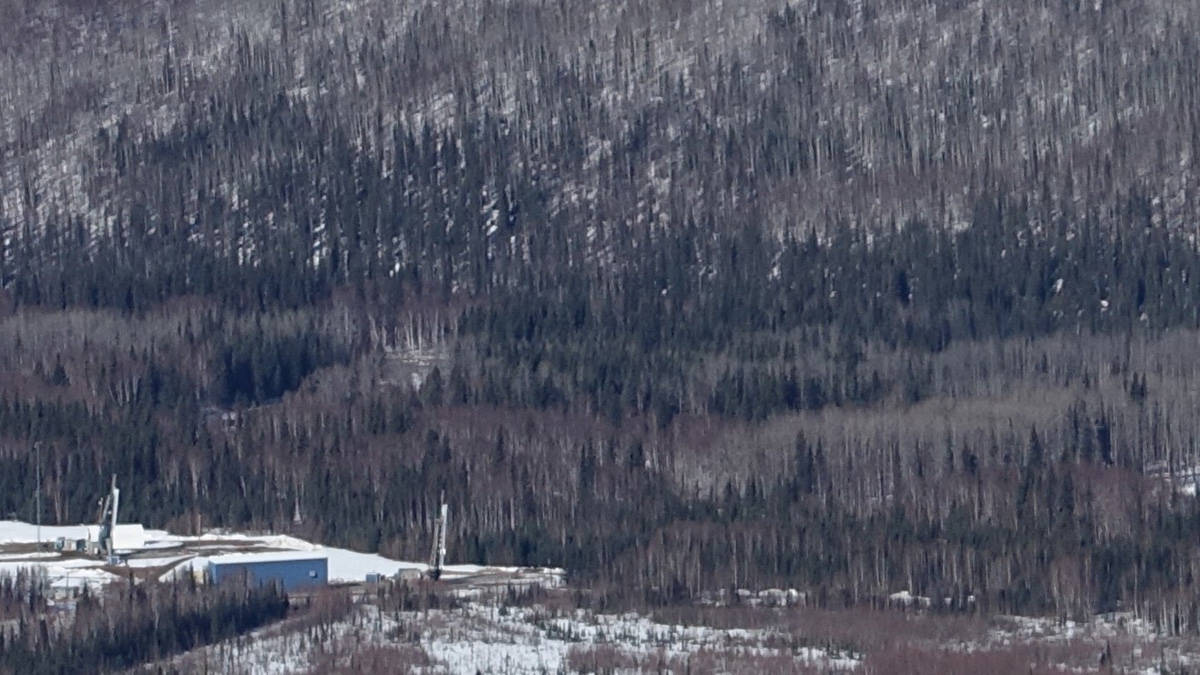In an exciting discovery, researchers from the Denver Museum of Nature and Science have uncovered a new mammal species in Corral Bluffs, east of Colorado Springs. This groundbreaking find, named Militocodon lydae, dates back to right after the extinction of dinosaurs, making it an important find for academics.
The discovery of a complete skull and jaw provides researchers with valuable insights into the period following the dinosaur extinction, known as an “explosive diversification in the wake of the dinosaur extinction.” The study of fossils from this time period has been challenging for zooarcheologists due to a lack of specimens. However, this discovery has revealed that Militocodon lydae belongs to a group of animals that eventually evolved into modern hooved mammals like cows, pigs, and deer.
Dr. Tyler Lyson, Museum Curator of Vertebrate Paleontology, emphasized the significance of this discovery in a time period with a poor fossil record. The find sheds light on the early diversification of mammals after Earth’s last mass extinction and offers a rare glimpse into the revival of life after the disappearance of dinosaurs. This finding provides valuable information about the evolutionary pathways of these animals and their role in the post-dinosaur ecosystem.
Overall, this discovery is a testament to the ongoing research efforts at the Denver Museum of Nature and Science and highlights how much more there is to learn about our planet’s history.



